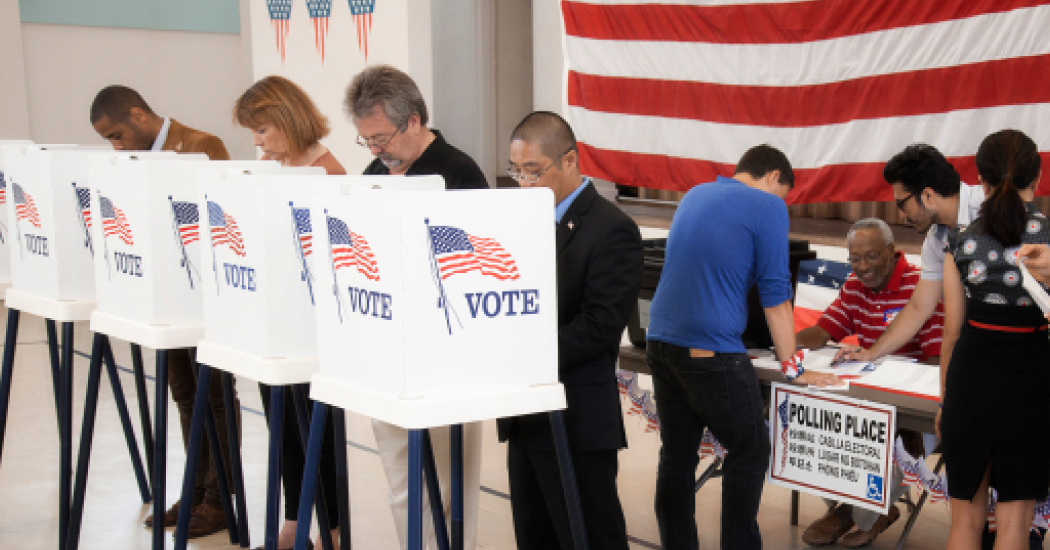How Inflation, Polarizing Politics and Global Instability are Influencing U.S. Consumers

Learning to function amid global instability and a cacophony of bad news has left the U.S. consumer in a state of bewildered exhaustion. As a result, consumers are reevaluating and reconciling their personal values in a post-pandemic and politically polarized world, and record rates of inflation and rising costs of living are further forcing the issue.
The impacts of broad economic headwinds vary by generation, but most Americans are changing their spending habits as worries continue to mount. At the same time, consumers are recalibrating their role in society and increasingly relying on social consciousness to guide their decisions and choices. Exactly how consumers will be changed in response to these conflicting forces is not yet clear, but early signs suggest they are looking to self-reliance, simplicity, purpose and wellbeing to ease the burden. Enlightened brands may be in a good position to offer lifelines to lessen the weight.
As part of a collaboration with OWL Research Partners, we’re sharing trends affecting the consumer condition:
Scaling Back
The world feels unusually uncertain and chaotic. A global pandemic, war in Ukraine, a worldwide grain shortage, mass shootings, assassinations, collapsing human rights, climate change and the decline of democracy are weighing heavily on increasingly fragile consumers. This weight is changing consumers’ outlook and expectations— and contributing to a rise in distrust and general cynicism. In turn, U.S. consumers are offloading things that complicate, overwhelm or no longer bring essential meaning to their lives, cutting budgets on big and small purchases.
- 52% of consumers feel they are worse off now than a year ago
- 60% believe companies are taking advantage of current crises to raise prices and increase profits
Breaking (Bad) News
The need for consumers to have access to reliable information, careful context, and trustworthy media that helps them to navigate the world around them has rarely been greater. But this need is complicated by the reality that consumers are reaching a breaking point when it comes to bad news. In order to function in the face of a never-ending downpour of negative news, they are becoming more selective in their consumption.
- 42% of Americans say they actively avoid the news
- 50% decline in engagement with news stories on social media over past year
- Reasons to avoid the news include—too much politics and pandemic coverage (43%), negative effect on mood (36%), worn out by amount of news (29%)
Inflation and Rising Cost of Living
A large majority of Americans (70%) view inflation as the top problem facing the country today. And for good reason as US consumers are experiencing the fastest inflation of their adult lives. As a result, spending habits are changing and worries are quickly mounting, especially for low- or fixed-income consumers.
- 88% of consumers have cut spending because of inflation
- Households earning less than $50,000, those with children in the home and women are more likely to say they adjusted spending
- 34 million U.S. consumers spent more than they earned in the past six months
Personal Values vs. Practical Realities
The global shocks of the last few years have shaken consumers to the core. Amid global instability consumers are allowing themselves to be inconsistent and even paradoxical as they attempt to reconcile personal values with the practical realities of day-to-day life.
- 72% of consumers say external factors such as inflation, social movements and climate change are impacting their lives more than in the past
- 2 in 3 report completely reimagining what’s important in life based on everything going on in the world
- 42% are now spending more on items or experiences to help with overall mental wellness— including exercise and exploring the outdoors
Impacts of Economic Headwinds Vary by Generation
Young and low-income consumers are feeling financial pressures most imminently, while seniors are more concerned about being able to maintain their desired lifestyle on retirement funds.
Middle-aged consumers are faced with ensuring their income can keep up with record inflation or having a backup plan for times when it may not. Meanwhile, some higher income households continue to shell out for desired items regardless of elevated prices.
- Gen Z – Credit card balances rose by 30% in the second quarter of 2022
- Millennials – Only 56% have a plan in place to absorb rising inflation costs
- Gen X – 75% worry that their income is not keeping up with rising costs
- Boomers – 73% are concerned they will not be able to afford the lifestyle they want in retirement
Recalibrating for Social Consciousness
As financial pressures continue to shape consumer spending, issues related to diversity, equity and inclusion are also playing a greater role. Many consumers are looking more closely at the social conscience or purpose of the brands they interact with and rewarding those who meet their expectations, and sometimes punishing those that don’t.
- 90%+ of millennials and Gen Z are more likely to purchase from organizations that demonstrate how their products have strong social or environmental benefits
- Younger consumers (age 18-25) and minorities are more likely to notice and be aware of inclusive advertising when making purchase decisions
- 19% – new product revenue boost for diverse companies compared to non-diverse peers
This article is featured in Media Impact Report No. 38. View the full report here.
